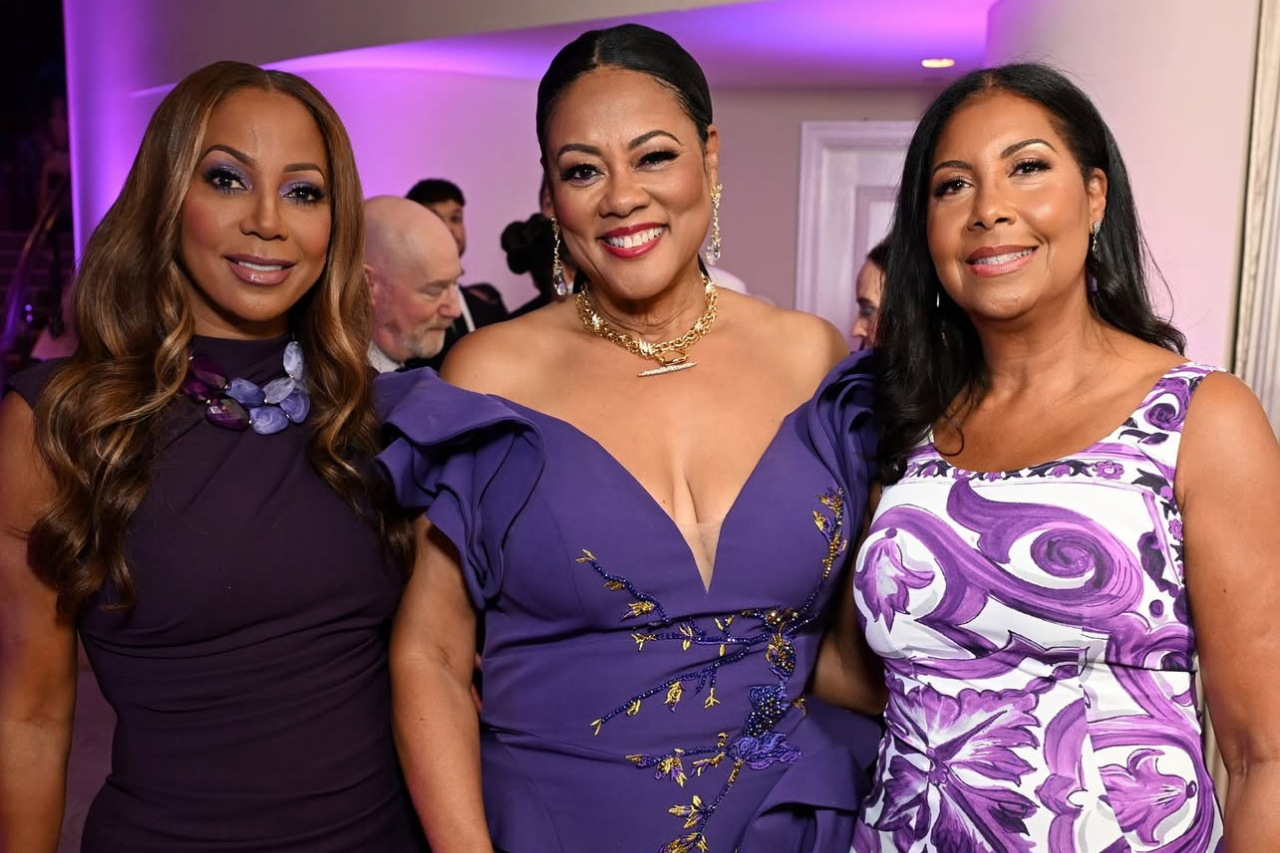If the industry forgets the difference between a performance that is lived and a performance that is assembled, it may gain efficiency and lose meaning.
When Whoopi Goldberg turned her attention to Tilly Norwood, the newly introduced AI “actress,” she was not simply critiquing a gimmick. She was articulating something older, deeper, and harder to dismiss: the idea that performance is not a matter of technical perfection, but of human contact. Her words on The View were measured yet piercing.
“Our faces move differently, our bodies move differently,” she reminded viewers, underscoring that what captivates in performance is not the seamless delivery of lines but the friction of lived experience pressing against them. Goldberg’s warning was not aimed at the novelty of a digital figure but at the cultural and economic stakes of accepting machines in roles that have always been considered irreducibly human.
Tilly Norwood’s creation has been a deliberate act of provocation. Conceived by Eline Van der Velden and developed by Xicoia, a branch of Particle6, Norwood is marketed as a fully fledged actress, not an animation. She has a backstory, a designed personality, a synthetic voice, and a visual presence crafted to mimic human subtlety. Early publicity leaned into her artificial nature, daring audiences to respond with curiosity or revulsion.
Agents reportedly expressed interest in representing her, suggesting that Hollywood insiders see more than an experiment. To them, she represents the possibility of talent without demands: a star who never ages, never negotiates, never calls for residuals.

Goldberg’s skepticism is not nostalgia. It is an insistence on remembering why audiences return to human actors in the first place. What she describes as “connection” is not an abstract quality but the product of vulnerability, spontaneity, and imperfection. Performances move us because they are alive in real time, infused with possibility and risk. Strip that away, and what remains may be competent but not resonant.
Still, to understand why Norwood matters, one must move beyond aesthetics and into law, labor, and money. Artificial talent arrives at a moment when unions, regulators, and studios are battling over the boundaries of consent and compensation. In 2024, SAG-AFTRA reached an agreement with major record labels that explicitly defined an artist as a human being and required consent and compensation for digital replicas.
The union then carried those protections into negotiations with video game companies, securing rules that mandate written consent for digital doubles and usage reporting. These contracts mark a line in the sand: technology may assist, but it cannot appropriate human likeness without permission.
The legal landscape is also shifting. The U.S. Copyright Office, after extensive hearings, released its “Digital Replicas” report in 2024 urging Congress to create a federal right against unauthorized AI impersonations. The report clarified that works generated entirely by machines cannot be registered as human authorship, but it also emphasized that performers deserve explicit protections when their voices or likenesses are cloned.
Across the Atlantic, the European Union’s AI Act is moving toward enforcement, including provisions that require synthetic media to be labeled transparently. This is paired with industry efforts such as the Coalition for Content Provenance and Authenticity (C2PA), which is developing watermarking and metadata standards to trace the origins of media.
Goldberg’s comments must be read against this backdrop. Her warning is not detached philosophy. It echoes the concerns of unions that fought to prevent the industry from quietly normalizing replacements. It echoes regulators who see the potential for deception and exploitation. And it echoes artists who worry about the erosion of bargaining power in an industry already notorious for its precariousness.
There is also the raw economics to consider. Virtual influencers and synthetic personalities are no longer niche experiments. By 2024 the virtual influencer market was valued in the billions, with estimates ranging from six to eight billion dollars and projections of sharp growth in the decade ahead. Digital figures like Lil Miquela have been reported to earn millions annually, partnering with luxury brands and commanding advertising budgets once reserved for flesh-and-blood celebrities.
Spain’s AI model Aitana Lopez, launched in 2023, has made headlines for generating thousands to five figures in monthly revenue, with sponsors treating her as if she were any other influencer. The logic is stark: if audiences and consumers respond, why would studios and brands not pursue talent that requires no contracts, no healthcare, no days off?
This is the atmosphere in which Tilly Norwood steps onto the stage. She is not the first AI-generated persona, but she is the first to be openly marketed as an actress rather than an influencer, cartoon, or digital mascot. That shift matters. It signals an ambition to claim the highest ground of creative labor, not just the margins. And it tests the resilience of audiences who may claim to want authenticity but have proven willing to consume simulations in other domains.
What complicates the picture is that defenders of Norwood do not describe her as a fraud but as an art form of her own. They argue that she should be judged not as a replacement for a human but as a new kind of digital performance, akin to puppetry, CGI, or animation.
By this logic, Norwood is less a threat to actors and more a provocation to audiences: will you grant the label “art” to something deliberately synthetic? If you can laugh, cry, or feel unsettled while watching her, does it matter that she is not alive?
Goldberg’s response makes clear that for her it does matter. She draws the line at connection. “If you stick with this, you won’t have any connection to anything but your phone,” she cautioned. In other words, the risk is not that audiences cannot be fooled, but that they can. If a digital figure suffices, then the very qualities that make human performance irreplaceable become expendable. This is not a fear of technology, but of complacency.
The cultural stakes echo earlier moments when art collided with replication. Photography once threatened painting, film once threatened theater, television once threatened cinema. In each case, the new medium eventually found its place, often expanding the possibilities of expression.
But Norwood is different in that she does not represent a new medium so much as a synthetic inhabitant of an old one. She aspires not to create a new category but to occupy an existing one, collapsing the distinction between the human and the manufactured.
That distinction is not just artistic but economic and moral. Human actors age, carry histories, and embody struggles that infuse their performances with meaning. They demand recognition and pay, and they bring their own politics to their roles. To replace them with synthetic stand-ins is not neutral. It is to alter the structure of storytelling itself, removing the contingencies of life and the demands of labor. It is to risk turning performance into a product with no backstory, no fragility, no contradiction.
For unions, the rise of AI performers is both a challenge and an opportunity. It forces a reassertion of boundaries and rights at a time when technology is outpacing legislation. For policymakers, it is a test of whether transparency rules and protections for likeness can be enforced in practice rather than only on paper. And for audiences, it is a choice about what kind of connection they value.
Will they embrace digital stars as curiosities, relegate them to niche markets, or allow them to blend seamlessly into mainstream storytelling?
Goldberg’s critique should not be mistaken for rejection of innovation. She is not railing against CGI, motion capture, or digital enhancement, all of which she has worked alongside. She is defending the idea that art and empathy cannot be fully automated. She is defending the idea that the stumbles, hesitations, and idiosyncrasies of human presence are not flaws but the essence of performance.
In the months ahead, Norwood’s reception will be a test case. If audiences engage out of curiosity and then drift away, the experiment may fade. If they embrace her, the industry will have a precedent for synthetic stars. Either way, the debate has already forced a reckoning. Actors, unions, and audiences are asking what it means to call someone an “actress” when that someone does not exist.
What to Watch Next
Contracts in motion: Expect consent, compensation, and usage reporting to become standard across entertainment deals.
Policy alignment: Transparency rules and provenance tech will matter most when platforms adopt them consistently.
Audience signals: Completion rates and chatter will decide how far synthetic stars travel beyond curiosity.
The lesson to draw is not panic but clarity. Every technological leap in entertainment has raised alarms, and many have proved misplaced. Yet Goldberg’s intervention reminds us that not every alarm is nostalgia. Some alarms mark the edges of what we are willing to lose. The rise of synthetic stars is not only about cost or convenience. It is about whether we still recognize art as a human act of reaching across a gap.
As the industry weighs the incentives and risks, the audience has the final say. Norwood’s fate depends on whether people believe that presence matters, that art requires someone on the other side. If connection is still the measure, then Goldberg’s warning may stand as both a defense and a prophecy.
It may remind us that the most valuable thing an actor brings is not perfection but imperfection. And it may remind us that what we pay for, in the end, is not the line delivered flawlessly but the life behind the line, visible in every flicker and pause.
Discover more from MidScroll
Subscribe to get the latest posts sent to your email.



